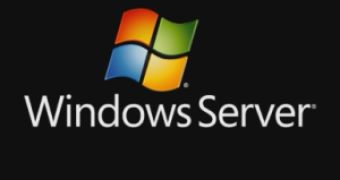There's no denying that Windows 7 client and Windows 7 Server are joined at the hip. And just like their precursors, Windows 7 and Windows Server 2008 R2 share the same codebase. And since both platforms were developed in parallel it only makes sense for Microsoft to launch the operating systems together. In this context, the Redmond company announced that Windows Server 2008 R2 would have the same RTM and General Availability deadlines as Windows 7. The software giant will release Windows Server 2008 R2 to manufacturing next month, and will make the successor for Windows Server 2008 available to customers in the second half of October 2009.
“As Windows Server 2008 R2 is a joint development effort with Windows 7 we are aligned with the same RTM and General Availability (GA) dates. With that – Windows Server 2008 R2 RTM code is on track to be available to our partners sometime in the 2nd half of July. Windows Server 2008 R2 will also be broadly available about the same time as the Windows 7 GA date of Oct 22,” revealed Ward Ralston, group product manager, Windows Server Marketing.
With the release of Windows Vista Service Pack 1 and Windows Server 2008 RTM/SP1, Microsoft aliened its client and server operating systems in order to make it easier for customers to install and manage their deployments. This strategy was clearly visible with Windows 7 and Windows Server 2008 R2 since the two operating systems have shared all development milestones ahead of RTM and GA.
At the start of January 2009 Microsoft was releasing Beta Build 7000 for both Windows 7 and Windows Server 2008 R2. The same is valid for Build 7100, the Release Candidate bits for the two platforms. But the intimate connection between the two operating systems doesn't stop with the development process. Fact is that customers running Windows 7 and Windows Server 2008 R2 together will be able to take advantage of features such as BrandCache and Direct Access, otherwise unavailable for any other combination of Windows client and server platforms.

 14 DAY TRIAL //
14 DAY TRIAL //